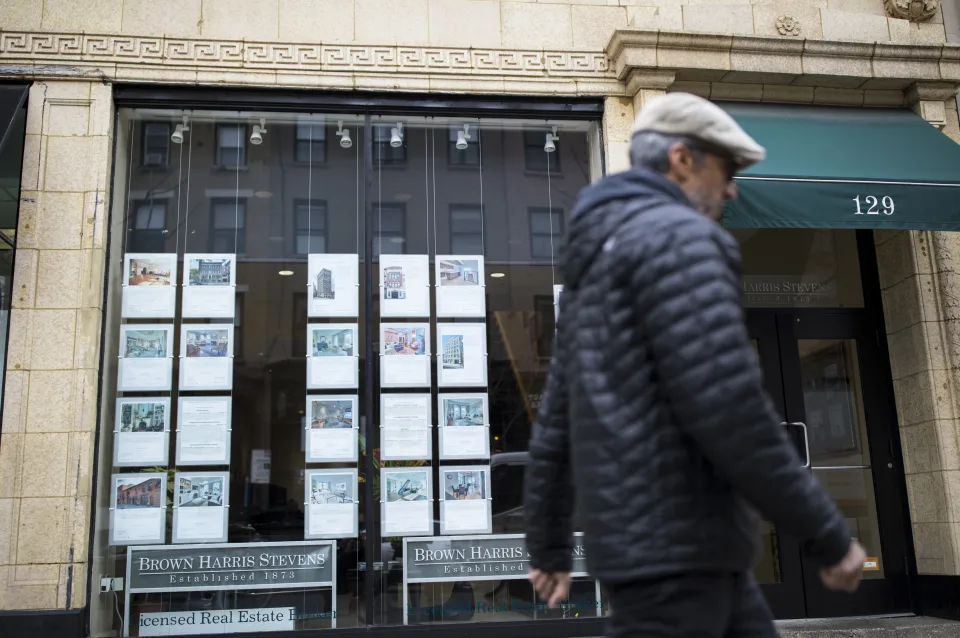Mortgage rates increased this week, breaking their six-week streak of declines just ahead of the new year.
The average rate on the 30-year fixed mortgage rose to 6.42% from 6.27% the week prior, according to Freddie Mac. That marked the first increase since mid-November when rates began retreating after the Federal Reserve signaled it would slow its interest-rate hikes amid cooling inflation.
Overall, mortgage rates have doubled this year, and that — combined with elevated home prices and surging inflation — has smothered home buying activity. As fears of a recession grow, few economists expect housing conditions to improve significantly in the short term.
“The housing market remains in the doldrums with declining sales, inventory, and prices,” Sam Khater, Freddie Mac’s chief economist, said in a statement. “The declines in sales and deceleration in home prices began swiftly earlier in 2022, but have moderated more recently. While the intensity of weakness is moderating, the market continues to decline and forward-leading indicators suggest housing will remain weak throughout the winter.”
Demand remains stagnant in the holidays
Demand for purchase mortgages stayed muted in the week leading up to the Christmas holiday, the most recent survey of applications from the Mortgage Bankers Association showed. Purchase activity was down 3% from the prior week and 36% lower than the same week a year earlier.
“This is a particularly slow time of the year for home buying, so it is not surprising that purchase applications did not move much in response to lower mortgage rates,” Mike Fratantoni, MBA’s senior vice president and chief economist, said in a statement, adding that buyers may return to the market later in 2023 if rates decline further and economic conditions improve.
But now, affordability concerns remain.
For instance, the buyer of a typical home priced at $416,000, is facing a monthly mortgage payment of roughly $2,100 – without taxes or insurance – an increase of 61% from last year, according to George Ratiu, senior economist and manager of economic research at Realtor.com.
Seller confidence continues to plummet
As the year comes to an end, few home sellers have a positive outlook for the 2023 housing market, the latest Fannie Mae housing confidence survey found.
The latest data back up the pessimism.
Pending home sales slid 4% in November and were down 37.8% year over year, according to the National Association of Realtors, with double-digit declines across the country. At the same time, existing home sales fell for the 10th straight month in November and were down 35.4% from a year earlier.
“We had a sticker shock phenomenon this year, and so that led to cancellations of potential sales and we got more buyers backing away from applying for a loan,” Fratantoni said.
Meanwhile, those who aren’t pricing down their listings are pulling their properties off the market. New listings dropped 28.4% year over year in November, Redfin data showed, the largest drop on record aside from April 2020.
It’s likely the housing slowdown will continue into 2023, Fratantoni said, as both higher mortgage rates and still-high prices remain a top concern. For buyers still in the market, that could be a silver lining.
“It’s hard to anticipate the path of rates… but we expect they will trend lower next year,” Fratantoni said. “We also expect homes are going to sit on the market a little longer in 2023. There will be less bidding wars and so the whole purchasing process will be less frantic for buyers than it was in 2020 and 2021.”

